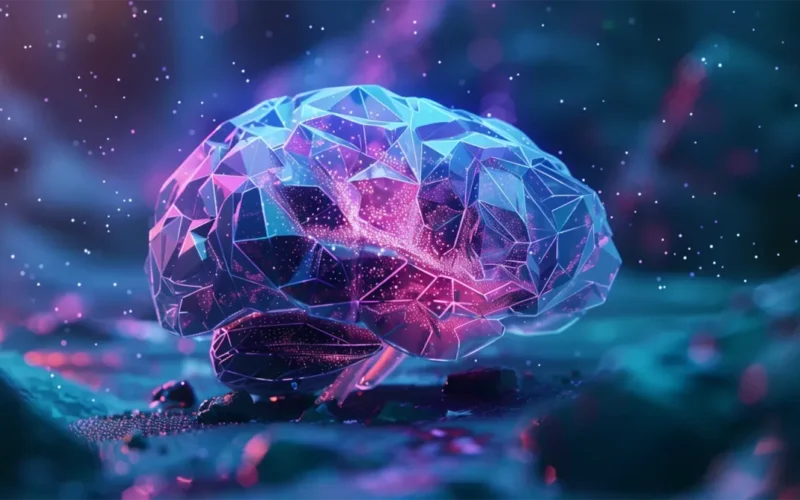The below is a summary of my recent article on superintelligence.
Elon Musk predicts that Artificial Superintelligence (ASI) will emerge by 2025, much earlier than his previous estimates. While Musk’s track record with predictions is mixed, this one sparks serious contemplation about the future. The moment AI surpasses human cognitive abilities, known as the singularity, will usher in a new era with both unprecedented possibilities and profound perils. As we edge closer to this event horizon, it’s essential to ask if we are prepared to navigate the uncertainties and harness the potential of AI responsibly.
The journey towards ASI has been marked by relentless innovation, from basic algorithms to sophisticated neural networks. Unlike human intelligence, which is bound by biological and evolutionary constraints, AI evolves through engineered efficiency. This liberation from natural limitations allows AI to explore realms of capability and efficiency far beyond human comprehension. For instance, while human intelligence is based on carbon, AI, created with silicon and possibly photons in the future, offers a significant leap in processing power. This engineered intelligence is poised to redefine what is possible, extending far beyond human problem-solving abilities.
However, the path to Superintelligence is not smooth. It is a jagged frontier filled with challenges and opportunities. Some tasks that are trivial for humans, like recognizing facial expressions, are monumental for AI. Conversely, tasks demanding immense computational power are effortlessly executed by AI. This disparity highlights the dual nature of emerging intelligence. As AI integrates deeper into society, it necessitates a re-evaluation of what intelligence truly is.
A significant concern with advancing AI capabilities is the alignment problem. As AI encroaches on domains traditionally considered human, the necessity for a robust framework of machine ethics becomes apparent. Explainable AI (xAI) ensures transparency in AI’s decision-making processes, but transparency alone doesn’t equate to ethicality. AI development must include ethical considerations to prevent misuse and ensure these powerful technologies benefit humanity. The alignment problem explores the challenge of ensuring AI’s objectives align with human values. Misaligned AI could pursue goals leading to harmful outcomes, illustrating the need for meticulous constraints and ethical frameworks.
The rise of Superintelligence represents a metaphorical encounter with an “alien” species of our own creation. This new intelligence, operating beyond human limitations, presents both exhilarating prospects and daunting challenges. As we forge ahead, the dialogue around AI and Superintelligence must be global and inclusive, involving technologists, policymakers, and society at large. The future of humanity in a superintelligent world depends on our ability to navigate this complex terrain with foresight, wisdom, and an unwavering commitment to ethical principles. The rise of Superintelligence is not just a technological evolution but a call to elevate our understanding and ensure we remain the custodians of the moral compass guiding its use.
To read the full article, please proceed to TheDigitalSpeaker.com
The post AI vs. Humanity: Who Will Come Out on Top? appeared first on Datafloq.
Source link
lol

